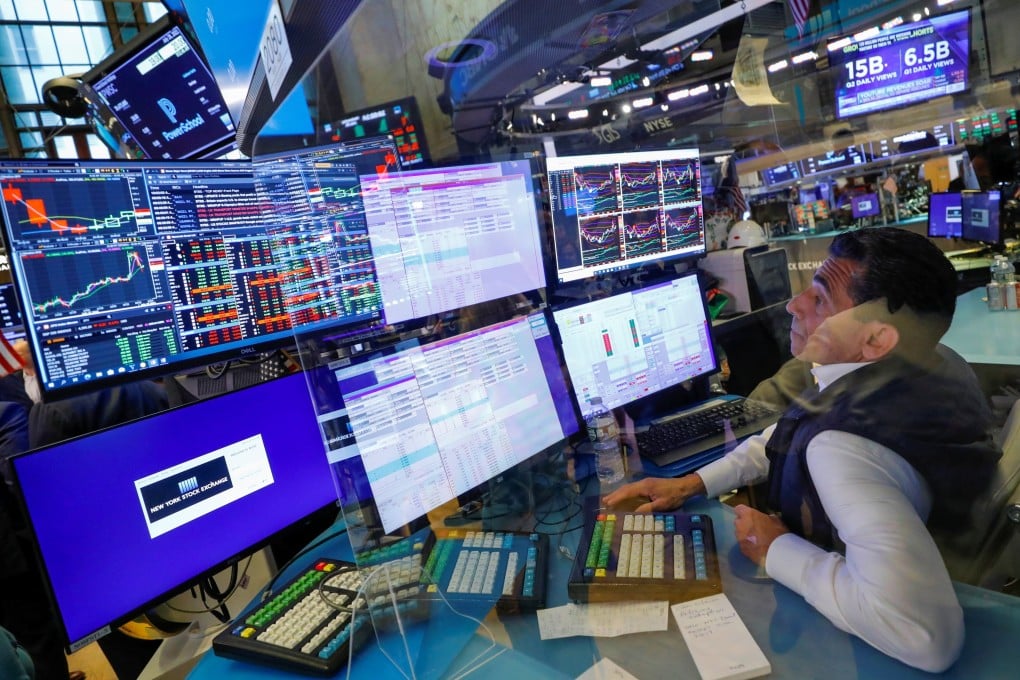Advertisement
Macroscope | Stronger-than-expected company earnings set to drive stock markets higher
- Falling bond yields are probably an exaggerated reflection of economic headwinds, given the distortions by central bank policy. Equities should stay positive as earnings outperform expectations
Reading Time:3 minutes
Why you can trust SCMP
1

For months, equity and bond markets have been sending different signals. Bond yields have seen wild swings as a result of a tug of war between those investors who think yields should be higher to compensate for rising inflation, and those who think they should stay low because of aggressive central bank buying.
With these tensions in the background since the start of the year, the global benchmark US 10-year Treasury yield quickly rose from less than 1 per cent to above 1.7 per cent in March. But since then, yields have again dropped back, with the US 10-year yield recently struggling to get above 1.3 per cent.
Naturally, the slide in bond yields has also led to speculation that bond markets are predicting a more dour economic outlook.
Advertisement
These dynamics are not confined to the United States: bond yields in Europe have also fallen back in recent months, and Chinese government bond yields last month dropped below 3 per cent for the first time in a year.
To be sure, there has been a weaker tone to the flow of recent macroeconomic data. For instance, China’s set of July activity data showed a surprising degree of broad-based weakness.
This probably reflected additional issues last month, including heavy rain and floods in parts of China as well as a Delta-led Covid-19 resurgence, but also the delayed impact of earlier policy tightening.
Advertisement
Select Voice
Choose your listening speed
Get through articles 2x faster
1.25x
250 WPM
Slow
Average
Fast
1.25x

